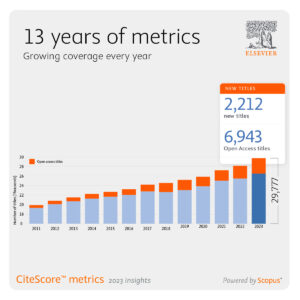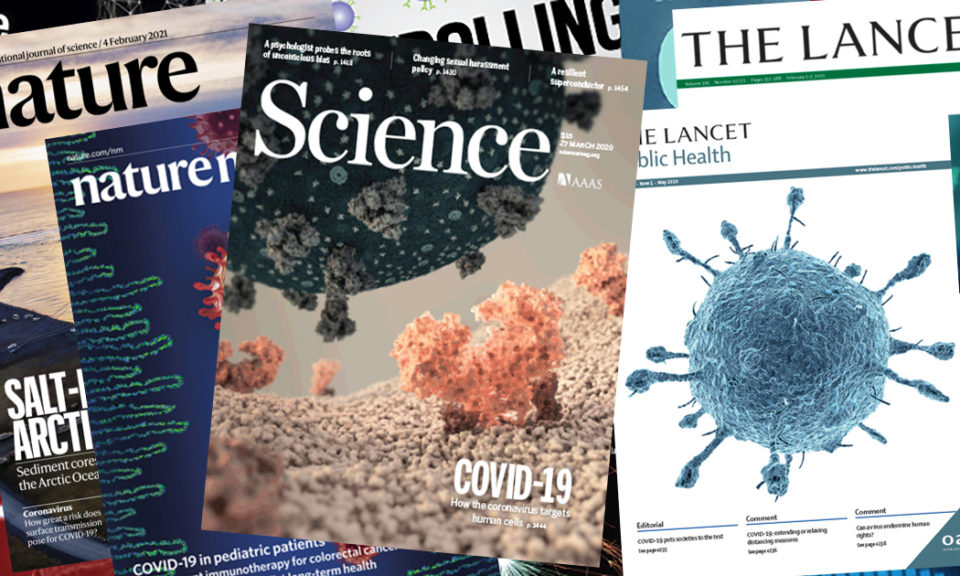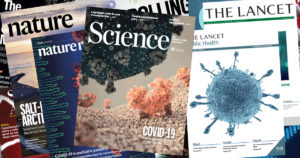Produção Científica do IFSC em Evidência: Highly Cited Papers bimestre Jan./Fev. 2025

BIMESTRE JAN/FEV. DE 2025
A Biblioteca do IFSC apresenta os artigos científicos produzidos pelos seus docentes e pesquisadores que foram identificados como mais citados (Highly Cited Papers) no bimestre Jan./Fev. de 2025 pela Essential Science Indicators, um dos produtos de citação da agência Clarivate Analytics/Thomson Reuters. Lembramos que o acesso ao texto completo é liberado para comunidade USP ou quem tem acesso ao Portal CAPES.
Para mais informações: sbiprod@ifsc.usp.br
ÁREA: Biology & Biochemistry
ÁREA: Chemistry
Emergence of complexity in hierarchically organized chiral particles
The past and the future of Langmuir and Langmuir-Blodgett Films
Folding of xylan onto cellulose fibrils in plant cell walls revealed by solid-state NMR
Molecular docking and structure-based drug design strategies
Plasmonic biosensing focus review
ÁREA: Clinical Medicine
Features of third generation photosensitizers used in anticancer photodynamic therapy: review
ÁREA: Computer Science
Clustering algorithms: a comparative approach
Principal Component Analysis: A Natural Approach to Data Exploration
ÁREA: Materials Science
ÁREA: Molecular Biology & Genetics
SARS-CoV-2 infects the human kidney and drives fibrosis in kidney organoids
ÁREA: Neuroscience & Behavior
Mechanosensing is critical for axon growth in the developing brain
ÁREA: Pharmacology & Toxicology
ADMET modeling approaches in drug discovery
Approaches to advance drug discovery for neglected tropical diseases
ÁREA: Physics
The Kuramoto model in complex networks.
Generalized geometric quantum speed limits
Towards understanding the origin of cosmic-ray positrons
The Pierre Auger Cosmic Ray Observatory
ÁREA: Space Science
Multi-messenger observations of a binary neutron star merger












 A USP é uma das instituições que mais produzem conhecimento científico sobre a pandemia de covid-19 no mundo, segundo um levantamento feito pela empresa
A USP é uma das instituições que mais produzem conhecimento científico sobre a pandemia de covid-19 no mundo, segundo um levantamento feito pela empresa